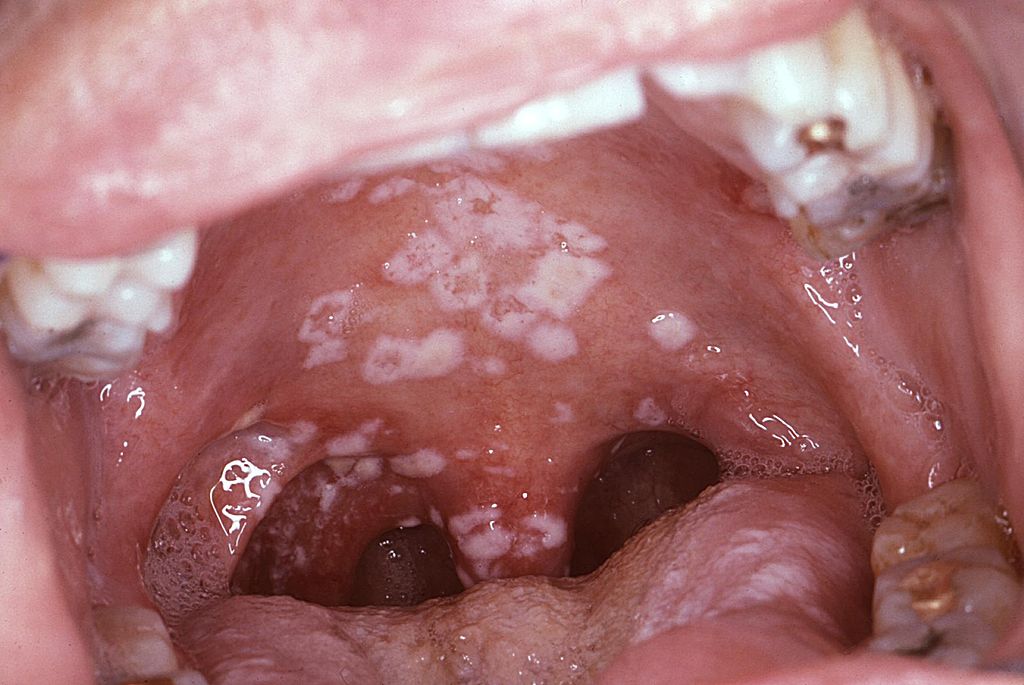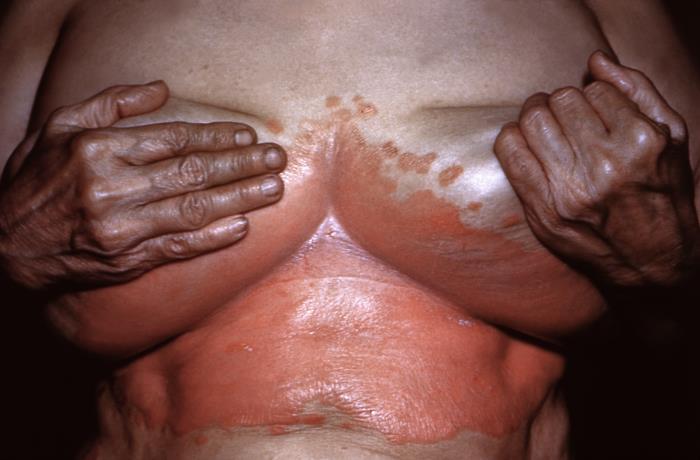CANDIDIASIS
CANDIDIASIS = Disease
Candida albicans (causative organism, yeast)
Yeast Infections are caused yeasts that belong to the Genus Candida. There are over 20 species of Candida that can cause infections in humans, the most common of which is Candida albicans. Candida yeast normally reside in the intestinal tract and can be found on mucous membranes and skin without causing infection; however, overgrowth of these organisms can cause signs and symptoms to develop. Opportunistic over growth occurs when normal flora is suppressed by antibiotics and other factors including diabetes and pregnancy. Candidiasis can occur in the mouth (thrush), cutaneous (skin) and vagina.
Signs and Symptoms:
Oral (thrush)-thick, white, lacey patches in the mouth

Cutaneous (skin)-red, flat rash with scalloped edges

Vaginal-white, cheesy discharge, itching, burning
